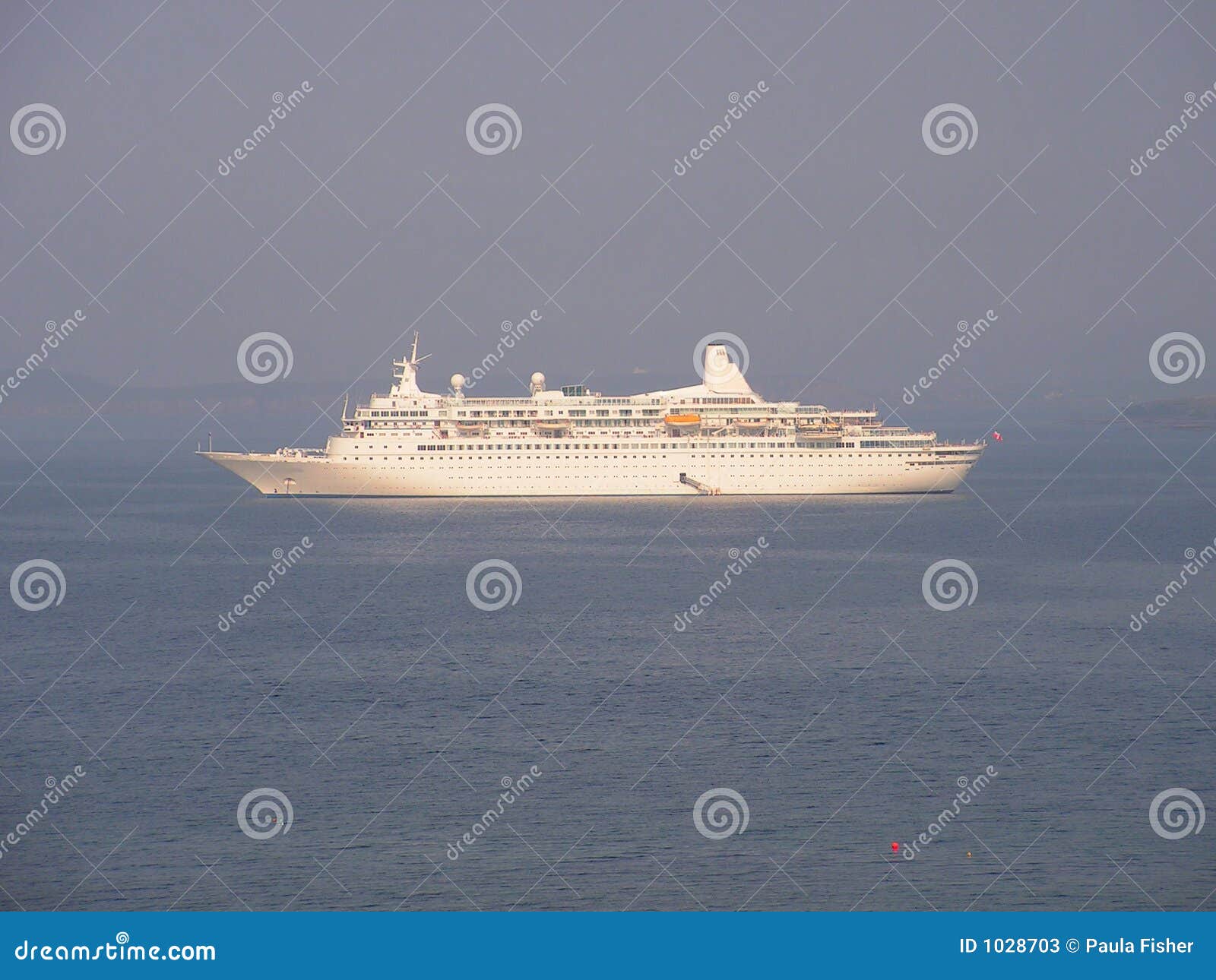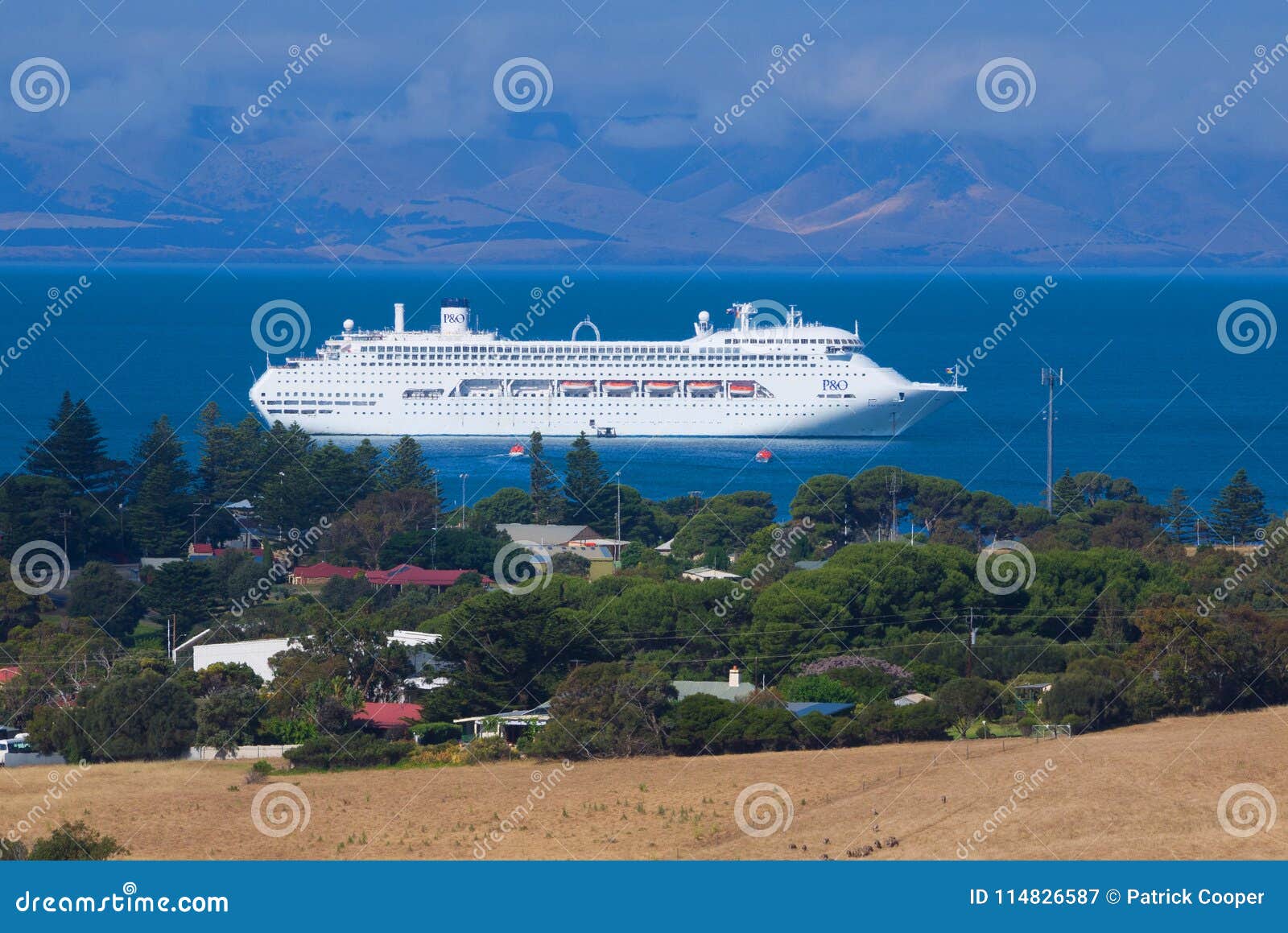Cruise Ship Anchors Function, Size, Weight, and Uses
Table Of Content

The long lengths of time that the ships would be at sea meant that anchoring was a necessity. Some cruise lines choose to use dynamic positioning systems, which use the ship’s engines to keep the ship idle, if there are no fixed mooring locations available. All the bridge has to do is enter the coordinates; the system handles the rest. Stated otherwise, the cruise ship could still get from point A to point B, but in the absence of anchors or dynamic positioning systems, it would not be able to remain still. On rare occasions, when there is a strong current or heavy seas, cruise ships will employ both anchors. However, the cruise ship often only utilizes one anchor, saving the other for emergency usage.

Cruise Ship Anchors – Function, Size, Weight, and Uses
Since 2008, all passenger vessels, regardless of size, are required to carry an AIS device (Robards et al., 2016). Cruise ships’ AIS transponders are most likely located in or near the bridge close to the bow (front) of the ship; therefore, the AIS location transmitted represents the bow section of the ship. If you’re wondering where are all the cruise ships anchored in the UK today, the easiest way to find out is to take a look at the cruise ship tracker. While many cruise ships are anchored off the south coast of England, you may be able to see them in the north of England too using this cruise ship locator. The anchor is lowered from the vessel using a heavy anchor chain and digs into the seabed to ensure the ship stays stationary in the water.
Change the location or zoom in
The chain’s length limits the use of anchors; however, dynamic positioning systems are unrestricted. They are frequently employed to maintain a ship’s position in the deep ocean and can be utilized in any depth of water. Some cruise ports have local laws prohibiting the use of anchors to protect coral reefs. But if there are no laws regarding anchors, it’s up to the captain to decide whether to use the dynamic positioning system or drop anchor.
What is the number of anchors on a cruise ship?
Typically, this is due to corrosion and long-standing exposure to salty seawater. Overloading the anchor chain by dropping anchor in rough seas can also cause wear and tear. Cruise ship anchor chains need to be made from high-strength steel.
Associated Data
If you want a closer look, several crew still aboard the ships are posting vlogs on Youtube. A cold layup shuts down most of the ship’s systems for a longer-term period of inactivity for the ship, by the way. It turns out the remaining ships are in what Carnival calls a “warm layup,” positioned around the world, including the Caribbean, Europe, Asia and in the eastern Pacific.
The Titanics anchor was 16 US tons and many of the large modern large ships have anchors that weigh vastly more. Modern technology has reduced the need for anchors but hasn’t completely eliminated it. Many modern cruise ships have ‘dynamic positioning’ meaning that they use propulsion and thrusters instead of anchors to maintain a steady position. Dynamic positioning technology has reduced the need for traditional anchors but has not eliminated their use completely. Cruise ship anchors are usually between feet in length and weigh between 10 and 20 US tons. Local rules in several cruise ports forbid using anchors to save coral reefs.
Vandals carve names into coral at famed Thailand dive site
(A) Regional setting of the Picton Port case study, black polygons are landmasses. (B) Map of the Picton region showing region characterised by increased seafloor roughness due to anchoring practices (yellow polygon)42. Background satellite image obtained from Land Information New Zealand LINZ, 10 m (2018–2019). All figures were constructed using ArcGIS PRO version 2.8.3 and Adobe Illustrator 2022.
The risk of concurrent heatwaves and extreme sea levels along the global coastline is increasing
Plata (2019) reiterates that the benefit that Barbados derives from coral reefs largely depends on the health of those coral reefs. Further, the Coastal Zone Management Act (1998)5puts a price of US$ 150 on every square metre of coral reef damaged. If you live in the US and are wondering if you can spot cruise ships anchored off the coast of Florida, then sadly, you can’t. These cruise ships are anchored in groups between Florida and the Bahamas, so it’s not possible to see them from the shore. You can use these exact cruise ship locations to plan a sightseeing trip to see the cruise ships anchored at sea. You may also be interested to see where cruise ships are heading to get clues as to when cruising will resume for a particular ship.
Going early or late in the sailing season means fewer crowds and better weather.
Cruise ships generally avoid using the anchor due to the environmental impact on coral reefs and the seabed. In other words, the cruise ship could still get from point A to point B, but it won’t manage to stay idle without anchors or dynamic positioning systems. Smaller vessels use 1/4 inch thick chains, medium ships use 5/18 inch chains, and the biggest cruise ships use 3/8 inch chains. Cruise ship anchors work by extending down to the seabed of shallow water and using their weight to hold the ship in position. Most cruise ships have two anchors, one port side and one starboard side at the front of the ship, although they are not often deployed at the same time. Anchors are required for holding a ship in place and preventing it from drifting due to winds and currents.
Low-lying vessels such as bulk carriers or tankships are less vulnerable because they sit much closer to the water and have low freeboard. The hawse pipe, a reinforced steel pipe from the foc’sle passing through the ship’s exterior skin allows the anchor chain to attach to the large anchor, which is stowed on the exterior of the ship when not in use. Upon its exterior is further steel reinforcement, creating a cradle in which the anchor is housed, a storage space that is both convenient and out of the way of the ship’s crew working on deck at the foc’sle.
But, at times, reaching a destination does not mean that the vessel is immediately able to enter the port to be moored to a berth. For many reasons, the vessel may be required to use an offshore anchorage, securing itself in one location for a period of time. In busy harbors, “alongside space”–the common nautical term for a spot along the wharf or where a ship can unload–is often at a premium; ships must wait for their turn to embark or discharge cargo and passengers. The location and navigational status of cruise ships (passenger vessels) were monitored using processed AIS (automatic identification system) data from MarineTraffic as archived data or freely accessible real-time data.
Alpena becomes a cruise ship destination News, Sports, Jobs - Alpena News
Alpena becomes a cruise ship destination News, Sports, Jobs.
Posted: Thu, 14 Mar 2024 07:00:00 GMT [source]
Cruise ship anchors typically weigh between ten and twenty US tons. The largest ships can be accommodated by significantly increasing the weight. It would be impossible for it to stabilize a ship with a lower weight, thus it is unlikely to go lower. Cruise ships cannot rely on anchors in deep or open water because they must use the sea bed.
Fixed mooring places are available at certain cruise ports, such as Labedee, Haiti. Ships can stay still at sea as long as they are moored within a reasonable distance of the port. As a result, the ship can continue to move without deploying the anchor. Large cruise ships utilize 3/8-inch thick chains, whereas smaller ships use 1/4-inch thick chains and medium-sized ships use 5/18-inch thick chains. If no fixed mooring points are available, some cruise lines will opt to use dynamic positioning systems to keep the ship idle using the ship’s engines.
Not only are fuel costs a primary consideration for cruise lines, but they also impact the environment. If, for some reason, the ship loses all functioning anchors; it can still rely on its thrusters to keep it stable. Nautical engineers use various methods to calculate the chain length. On the other hand, anchors are much more economical when keeping the ship in place since they consume no fuel. The officer on the bridge lets the captain know which way the cable is laying and how much weight is in it.
Comments
Post a Comment